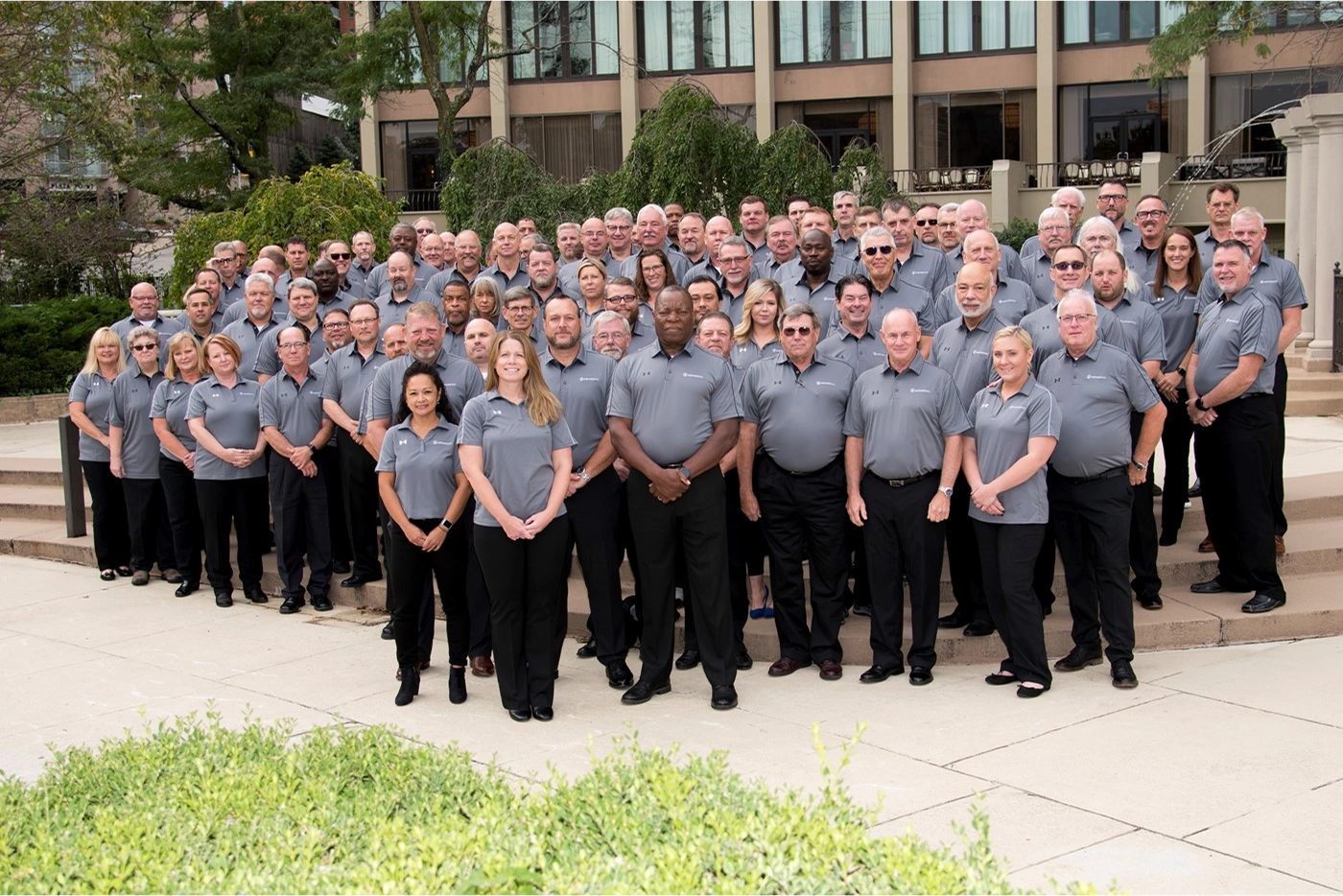The Human Side of Air Traffic Control

Behind every safe landing and efficient reroute is a human voice, a clear mind, and a steady hand. In an era of rapid automation and technological change, it’s easy to forget that air traffic control is still, at its core, a human job—one that demands precision, focus, and calm under pressure.
Split-Second Decisions, Every Day
Air traffic controllers manage an extraordinary volume of information in real time: weather systems, runway conditions, flight plans, and aircraft positioning. Despite advances in radar, data comms, and AI-assisted systems, human decision-making remains essential—especially when the unexpected happens.
Whether it’s a sudden storm, a mechanical issue, or a miscommunication in the cockpit, controllers are trained to respond in seconds, coordinating across teams and technologies to maintain safety above all.
Mental Endurance and Mastery Under Pressure
Few roles require the mental stamina of an air traffic controller. Long shifts, high stakes, and constant vigilance can take a toll—yet professionals in this field consistently rise to the occasion. Through extensive training and continuous evaluation, they develop the mental muscle to stay sharp, communicate clearly, and manage stress even in peak traffic or emergency situations.
More Than a Job—It’s a Calling
People don’t become controllers by accident. It’s a career path chosen by those who crave responsibility, thrive on complexity, and are motivated by service. For many, guiding aircraft safely through the sky is more than work—it’s a public trust. It’s knowing that the decisions made in a tower or radar room directly impact lives.
Why the Human Element Still Matters
With ongoing innovation in automation and predictive systems, there’s no doubt technology will continue to assist air traffic operations. But the role of the human controller isn’t disappearing. Instead, it’s evolving alongside the tools—from tactical coordination to strategic oversight, blending instinct with data and human empathy with digital precision.
In the end, the soul of air traffic control isn’t in the radar screens or comms systems—it’s in the people behind them.
